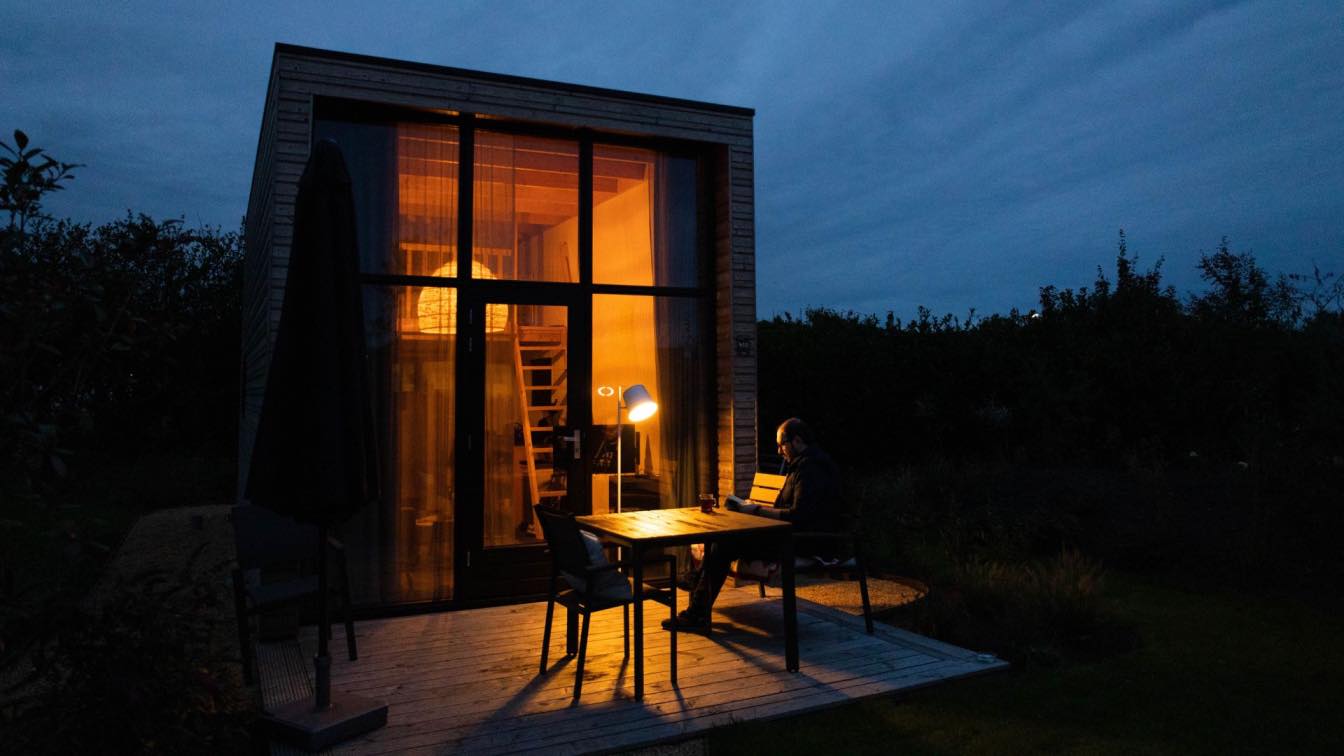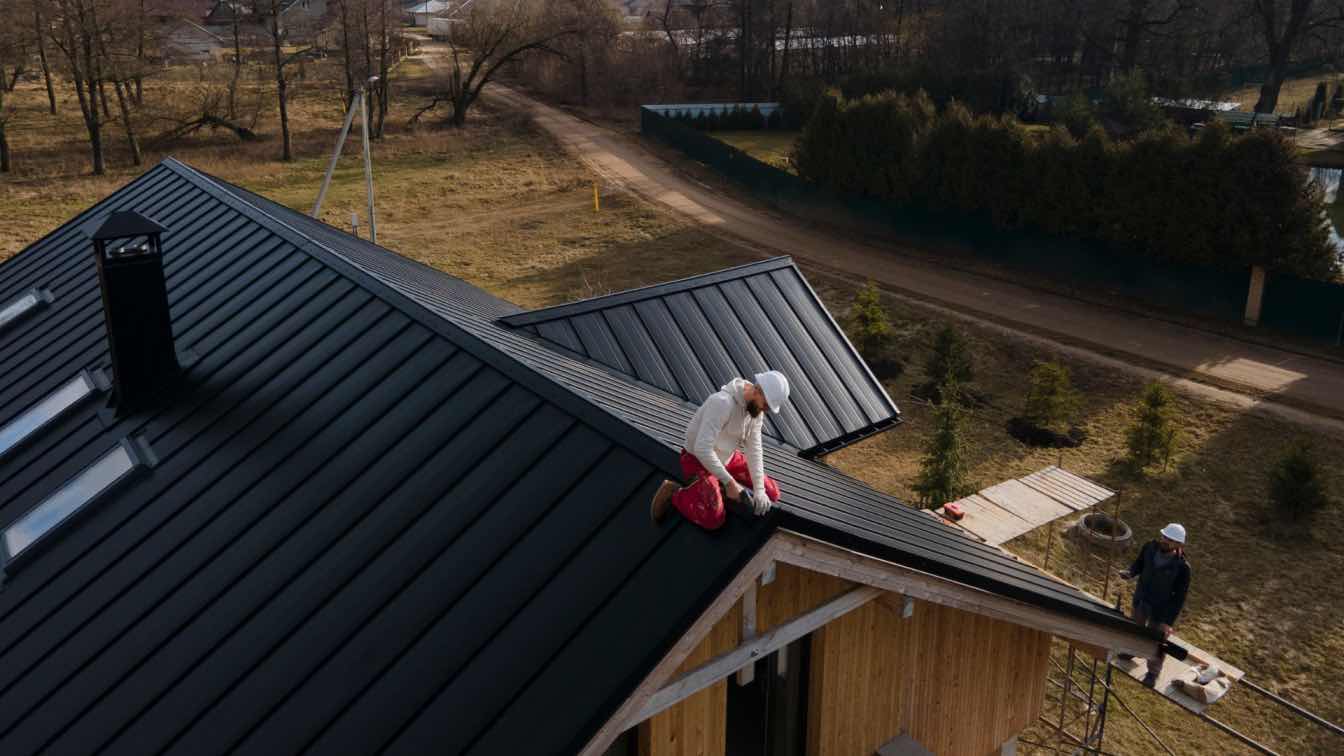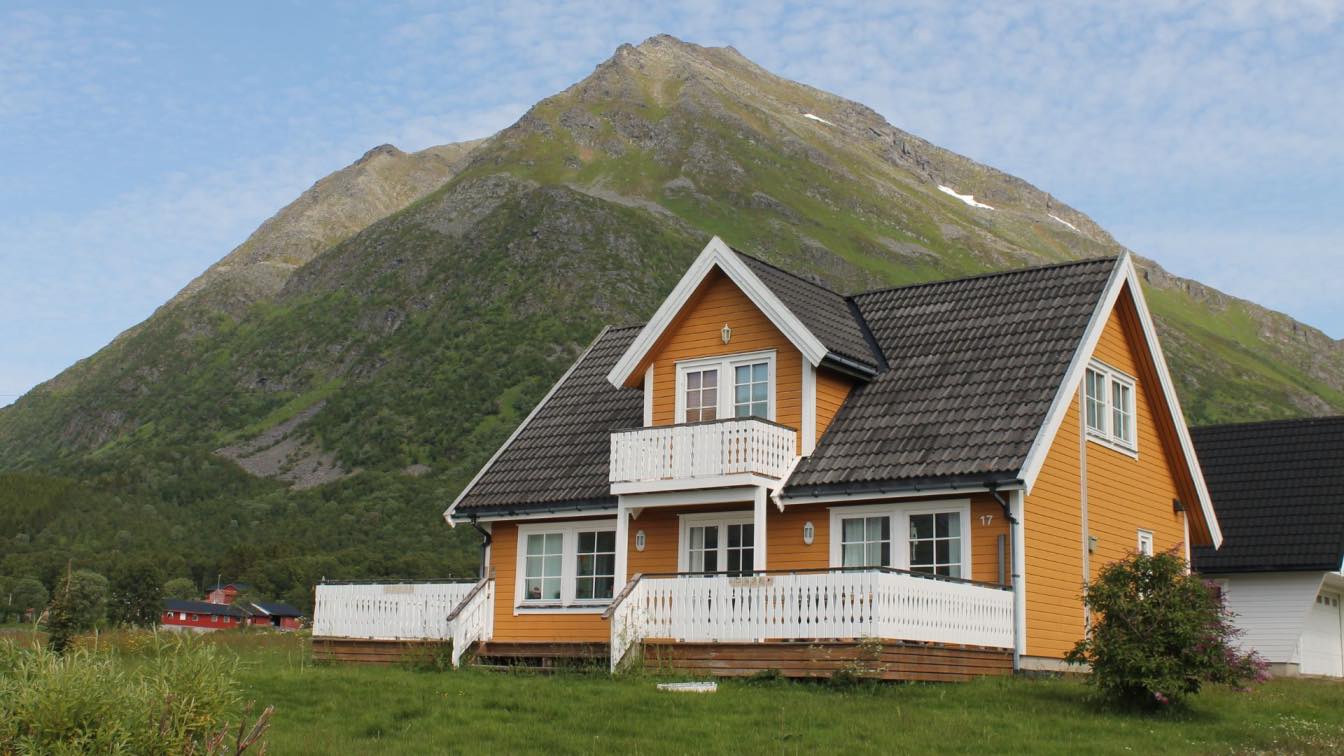Architects and urban planners are faced with a complex challenge as the cityscape of the twenty-first-century changes. They have to balance accommodating expanding populations with managing spatial constraints, all while adhering to sustainability standards. They must also take into account the increasingly varied lifestyles and tastes of urban people. Urban housing types that have traditionally been dominated by high-rise flats and detached homes are being rebuilt utilizing creative, space-saving, and neighborhood-focused solutions. This article explores several ground-breaking housing options that are changing urban living as we know it.
Micro apartments
Micro apartments and micro-lofts are an increasingly popular trend in cities all over the world, particularly in places with exorbitant rents and a shortage of available space, like New York, Tokyo, and San Francisco. The usual micro apartment is about 150 to 300 square feet, therefore, creative design techniques are needed to make the most of every available square foot. These areas frequently include multifunctional, transformational furniture, such as fold-down mattresses, expandable tables, and couch beds that can be changed according to the time of day and intended use. Micro flats frequently feature lofted sleeping or storage facilities as well as built-in storage areas. In addition to providing a more cost-effective housing alternative in cities with high living expenses, micro apartments also encourage a resource-efficient way of life and a minimalist lifestyle, which is in line with sustainability ideals.
 image © Jed Owen
image © Jed Owen
Tiny homes
The demand for simpler, more sustainable living and the rising prices of conventional housing have fueled the growth of the tiny house movement. These tiny homes, which typically range in size from 100 to 400 square feet, provide a small but fully usable living area. Ingenious design features like lofted beds, fold-out workstations, and convertible living spaces are frequently incorporated into tiny houses, in addition to necessary conveniences like a kitchen, bathroom, and sleeping area. These dwellings, which can be either permanent or movable, give their owners lifestyle and location flexibility. Tiny house living promotes a lifestyle of minimalism and environmental awareness by emphasizing experiences over stuff, supporting a philosophical shift in how we view and experience the idea.
Build to rent communities
With origins in nations like the UK and the US and an international reach, "build to rent" is a growing idea in the housing sector. In accordance with this approach, developers build residential houses with the express purpose of renting them out rather than selling them. The build to rent Sydney Olympic Park development is a prime example of this innovative housing strategy. Here, builders have created upscale, expertly managed apartment buildings with a focus on shared spaces. To foster a sense of community, these complexes provide a variety of amenities like sports complexes, gyms, shared gardens, offices, and gathering spaces. Build to rent projects offer inexpensive, high-quality housing options that are intended to establish a thriving community environment by concentrating on renters' requirements and improving their living experience.
Co-housing communities
Another cutting-edge housing option for urban settings is provided by co-housing communities, a concept with Danish origins that is gaining popularity around the world. These neighborhoods are often made up of separate, individual residences arranged around huge shared kitchens, laundry rooms, and open-air gardens, among other amenities. These communal spaces serve as social catalysts by encouraging neighborhood contact and the sharing of common experiences. Co-housing satisfies the demand for privacy while maintaining a collaborative concept by offering adequate personal space in each dwelling unit. This design strategy promotes diversity and intergenerational interaction, strengthening the sense of community and belonging. The concept of secluded, nuclear family-based life is refreshingly challenged by co-housing, which also creates a plethora of opportunities for sustainable, shared urban living.
 image © Jed Owen
image © Jed Owen
Shopping container homes
Another creative response to the urban housing shortage is converting cargo containers into residences. Due to their sturdy construction and creative design, shipping containers may be converted into adaptable, robust, and unexpectedly comfortable dwelling spaces. These containers can be stacked, linked, or reconfigured to make visually beautiful and practical residences, ranging from single-unit tiny homes to multi-story apartment buildings, using the right insulation and design approaches. Beyond being affordable, shipping container homes provide an amazing method to utilize a plentiful resource, minimizing construction waste and encouraging the recycling and sustainability ideals inherent in modern architecture.
Urban living's future depends on creativity, adaptability, and the wise management of scarce resources. As we've seen, diverse, adaptive, and sustainable housing options will characterize the city of the future rather than imposing high-rises or expansive suburban residences. These creative solutions are evidence of our inventiveness and our capacity to adjust to the constantly shifting dynamics of urban life. We can create cities that are not simply places to live but also vibrant ecosystems that promote community, variety, and sustainability by embracing these alternative housing options. These alternatives are leading the charge in redefining what it means to thrive in the city in the new age of urban life, which is about more than just surviving.
Corporate Housing
As urban areas continue to grow and evolve, so does the need for innovative housing solutions that cater to the demands of modern city living. Alternative housing options have emerged as a viable solution for those seeking a more flexible and efficient urban lifestyle.
Best corporate housing in San Antonio offers a distinctive housing option designed for professionals, business travelers, and anyone needing temporary housing in the vibrant city of San Antonio. These corporate housing units are typically fully furnished, making them ideal for individuals or families looking for a hassle-free and comfortable living experience. Whether you're in San Antonio for a short-term assignment, a relocation, or a business venture, corporate housing provides a flexible and convenient solution that allows you to focus on your work and enjoy the city's amenities without the stress of traditional long-term leases.
These housing options often come equipped with essential amenities like Wi-Fi, kitchen facilities, and a variety of on-site services, ensuring that residents can maintain their daily routines with ease. In addition to their practicality, corporate housing units are strategically located in key areas of the city, making it easier to access work, entertainment, and essential services.
With the rise of alternative housing options like corporate housing, individuals and businesses have more choices than ever regarding urban living. These innovative solutions offer the perfect balance between comfort and flexibility, making them a valuable addition to the diverse housing landscape of modern cities.





